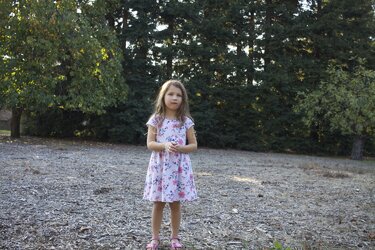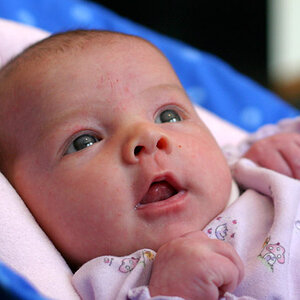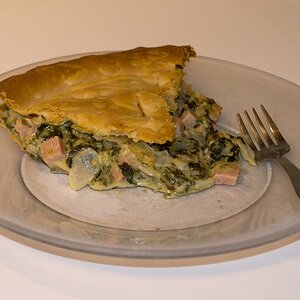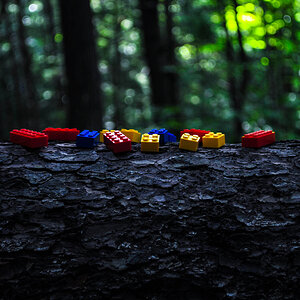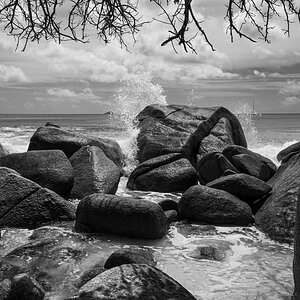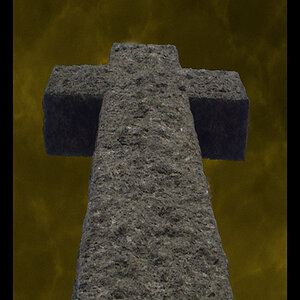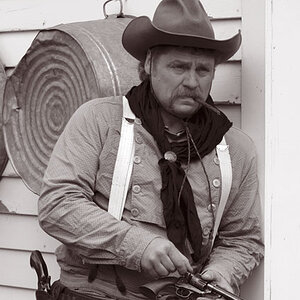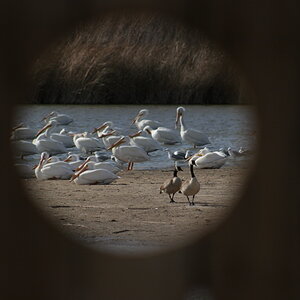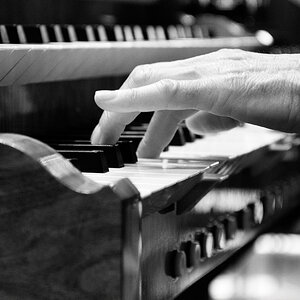kitkatdubs
TPF Noob!
- Joined
- Oct 5, 2015
- Messages
- 152
- Reaction score
- 2
- Can others edit my Photos
- Photos OK to edit
tomorrow I'm going to be taking family pictures for my sisters to get more practice. all she has said to me is she wants the background blurred out and her and the kids in focus. however, today i snapped a quick photo to practice with my daughter to see how i can get the background super blurred, and it isn't as blurred out as i hoped. what am i doing wrong? this photo was shot at an f/3.5 and my daughter is standing really far from the trees. Also, there will be 5 people in the photo tomorrow so wondering what f/stop i should be shooting at to make sure everyone is in focus AND the background is really blurred out? I'm shooting at around 4ish so i can get the golden sunlight. TIA!!


